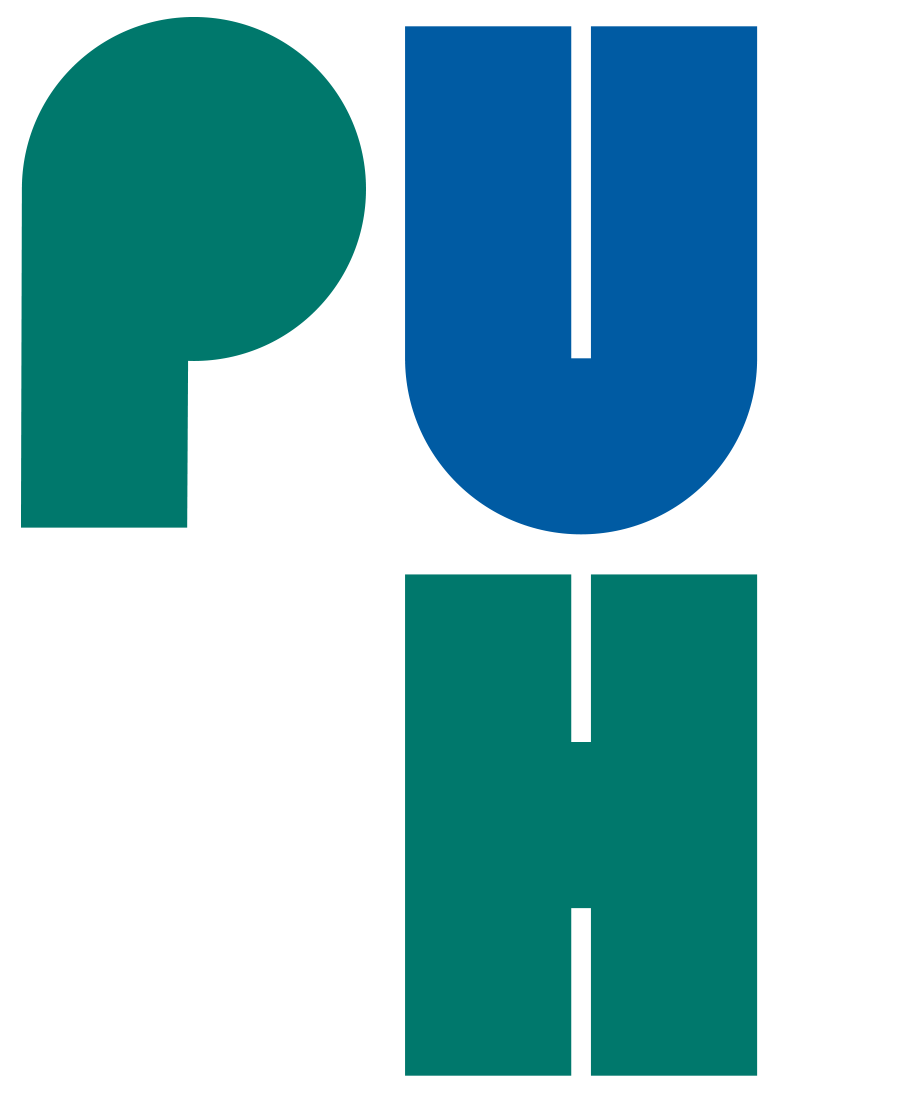
Managing change by supporting people, not just processes or technology
MEMBER ORGANIZATION
Organizational change isn’t just about new systems or structures – it’s about how people experience and respond to them. We helped our client manage change in a way that built trust, ownership, and long-term alignment.
A membership organization decided to centralize decision making and establish a consistent way of working across all regional units. This was a major change with huge implications for the organization, which had previously been decentralized with a high degree of autonomy. As part of this transformation, two new IT systems were introduced, one proprietary and one based on Microsoft Dynamics.
The largest regional unit, our client, faced significant challenges in adapting to this change. While the transition affected all regional units, the client's size and complexity made the demands particularly high. Employees expressed frustration with the central organization and felt that their concerns were not being heard. The scale and pace of change also contributed to stress and low morale, with several employees expressing that the situation had become a workplace environment issue.
Employees were experiencing inadequate communication and information flow with the central organization, while having to adopt entirely new processes, integrate the new systems, and manage the typical growing pains associated with newly implemented systems. These changes challenged the organization's ability to manage the transition and set the stage for long-term success.
To assess the situation, Differ conducted a series of workshops with employees to understand and identify key pain points related to the new systems and organizational changes. The goal was to break down common frustrations into concrete, actionable issues that could be addressed in a structured way.
The challenges were grouped into four areas: 1) systems, 2) processes, 3) management, and 4) structure. Each issue was evaluated based on its priority and ownership to determine what could be managed regionally and what needed to be escalated to the central organization. Differ designed a customized management model and implemented a dashboard to track progress and maintain accountability to support a transparent and structured resolution process.
Differ facilitated a series of dialogues with the central organization that proved to be a turning point in the transformation. Where the central organization had previously believed that the transition was progressing smoothly, critical gaps and unaddressed issues were identified. This led to a shift in perspective at the central level, and several of the improvements suggested by our client (the regional organization) were subsequently developed and integrated into the shared systems.
In parallel, Differ worked to bridge the information gap that had contributed to organizational tensions. New communication channels and recurring forums were established between the central organization and the regional units – improving transparency, providing structure, and fostering a space for ongoing dialogue across organizational boundaries. These efforts helped reduce misunderstandings and create shared visibility into ongoing initiatives.
At the regional level, Differ helped set the stage for a successful transition and adoption of the new systems by defining roles and responsibilities, establishing clear points of contact, clarifying expectations, and implementing structured, transparent processes.
Together, these efforts not only addressed our client's immediate challenges, but also laid the groundwork for greater collaboration, improved communication, and long-term alignment across the organization.

